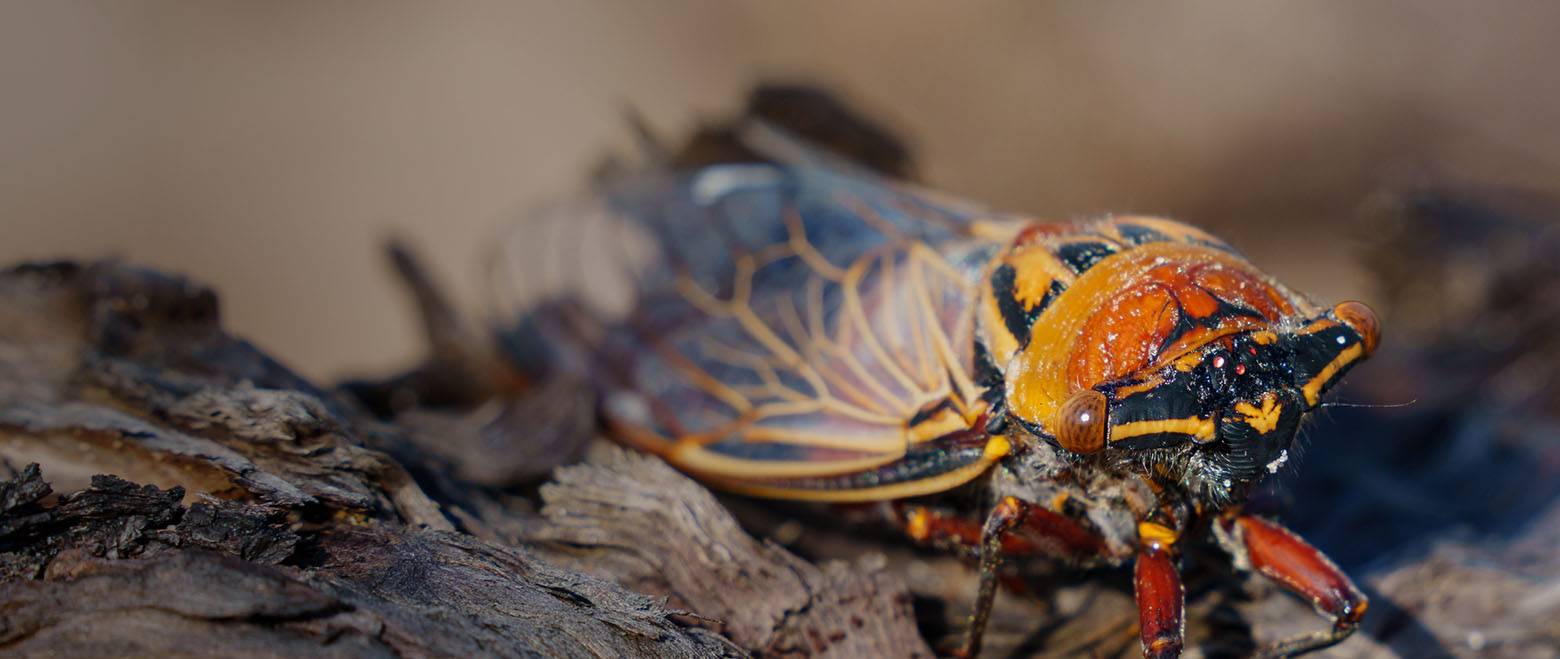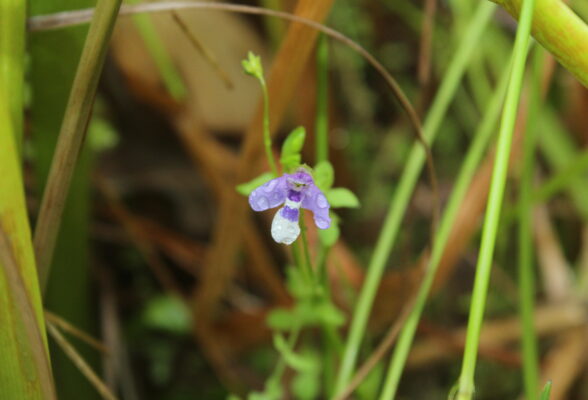
Conserving Ecosystems and Environmental Assets on Private Property in the Clarence Valley
Private landholders play a key role in nature conservation because large portions of native vegetation and wildlife habitat, and many threatened and endangered species are located on private properties.
Private landowners who have entered in private land conservation agreement with the Biodiversity Conservation Trust (BCT) have received funding through their Conservation Partners Program to actively manage biodiversity and native vegetation on their land. Envite have been working with a number of different landowners across the Clarence Valley LGA to implement Ecological Restoration to conserve biodiversity and support productive landscapes.
The objective of works is to improve and protect the quality of ecosystems and environmental assets on private property.
Environmental restoration practitioners have been methodically managing the presence of highly threatening weed species in degraded areas of significant conservation value. This includes the control of weeds Lantana and Cats Claw Creeper. Weeds have been managed strategically with an awareness of forest dynamics, utilising management techniques that are ecologically relevant to the landscape context. Adaptability is required from site to site with techniques applied in regard to the ecosystems condition and resilience.
Private landholders play a key role in nature conservation because large portions of native vegetation and wildlife habitat, and many threatened and endangered species are located on private properties.
Private landowners who have entered in private land conservation agreement with the Biodiversity Conservation Trust (BCT) have received funding through their Conservation Partners Program to actively manage biodiversity and native vegetation on their land. Envite have been working with a number of different landowners across the Clarence Valley LGA to implement Ecological Restoration to conserve biodiversity and support productive landscapes.
The objective of works is to improve and protect the quality of ecosystems and environmental assets on private property.
Environmental restoration practitioners have been methodically managing the presence of highly threatening weed species in degraded areas of significant conservation value. This includes the control of weeds Lantana and Cats Claw Creeper. Weeds have been managed strategically with an awareness of forest dynamics, utilising management techniques that are ecologically relevant to the landscape context. Adaptability is required from site to site with techniques applied in regard to the ecosystems condition and resilience.
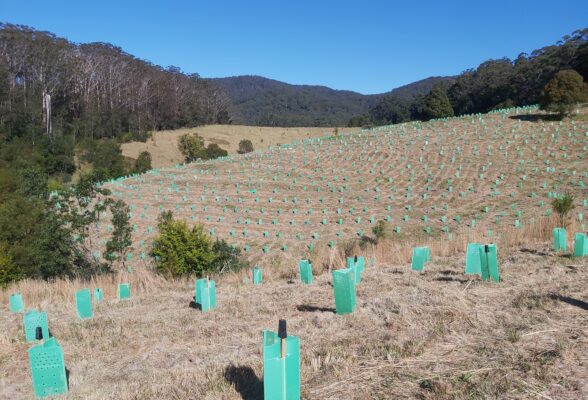
Restoring Priority Koala Habitat on the NSW North Coast
This project requires bush regeneration and revegetation works within the Coffs Harbour – North Bellingen Areas of Regional Koala Significance (ARKS) as part of the Regional Land Partnerships Program protecting Koalas of the North Coast of NSW. The project is partnering with landowners, local government, and NSW government agencies to protect and restore priority koala habitat in selected ARKS in the north coast region of NSW.
This project requires bush regeneration and revegetation works within the Coffs Harbour – North Bellingen Areas of Regional Koala Significance (ARKS) as part of the Regional Land Partnerships Program protecting Koalas of the North Coast of NSW. The project is partnering with landowners, local government, and NSW government agencies to protect and restore priority koala habitat in selected ARKS in the north coast region of NSW.
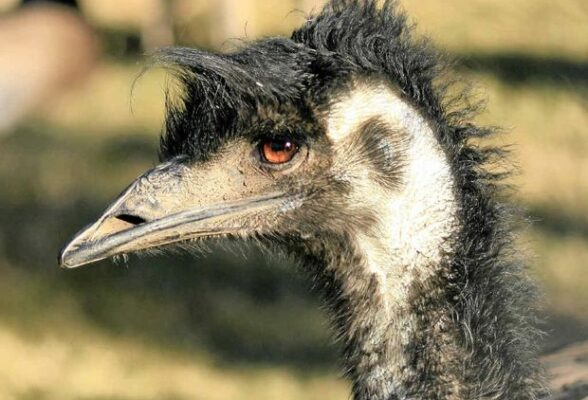
Community Conservation of the Emu in the Bungawalbin Stage 2
The emu population in the NSW North Coast bioregion is endangered with likely less than 50 individuals remaining. Threats include extinctions caused by habitat fragmentation and isolated populations. Degradation of habitat by weeds (blocking movement of emus) and impacts of fires have contributed to recent range contraction and declines in abundance. Predation by feral dogs, pigs and foxes is a major threat. Vehicle strike has also been a major source of death on the NSW North Coast.
Recovery actions being addressed include restoring emu habitat through systematic weed control; vertebrate pest control and raising awareness of emu conservation and managing threats to increase participation in emu protection. The project involves a partnership between Envite Environment and Minyumai Indigenous bush regenerators. The two teams work together to restore emu habitat across NSW National Parks Reserves and private properties in the Bungawalbin area.
The emu population in the NSW North Coast bioregion is endangered with likely less than 50 individuals remaining. Threats include extinctions caused by habitat fragmentation and isolated populations. Degradation of habitat by weeds (blocking movement of emus) and impacts of fires have contributed to recent range contraction and declines in abundance. Predation by feral dogs, pigs and foxes is a major threat. Vehicle strike has also been a major source of death on the NSW North Coast.
Recovery actions being addressed include restoring emu habitat through systematic weed control; vertebrate pest control and raising awareness of emu conservation and managing threats to increase participation in emu protection. The project involves a partnership between Envite Environment and Minyumai Indigenous bush regenerators. The two teams work together to restore emu habitat across NSW National Parks Reserves and private properties in the Bungawalbin area.
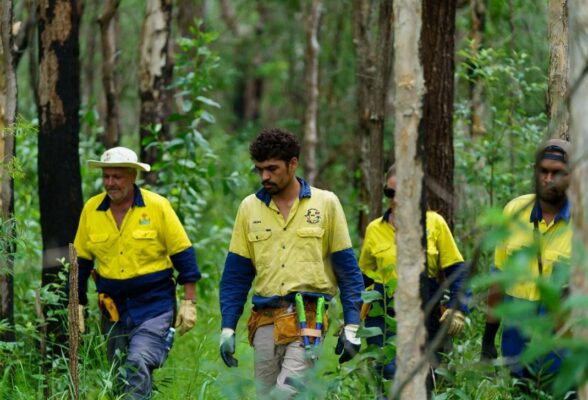
Bushfire Local Economic Recovery Fund: Bungawalbin Community Bushfire Recovery
The bushfires of 2019-2020 burnt through almost the entire Bungwalbin area in Richmond Valley LGA devastating the local community and habitat for threatened species and ecological communities.
The Bungawalbin Community Bushfire Recovery Project is supporting ecological restoration, employment and strengthening community resilience through implementation of bushfire recovery activities across public and private land. The project involves a partnership between the local community, Bungawalbin Landcare, Bandjalang Traditional Owners and NSW National Parks and Wildlife Service.
The bushfires of 2019-2020 burnt through almost the entire Bungwalbin area in Richmond Valley LGA devastating the local community and habitat for threatened species and ecological communities.
The Bungawalbin Community Bushfire Recovery Project is supporting ecological restoration, employment and strengthening community resilience through implementation of bushfire recovery activities across public and private land. The project involves a partnership between the local community, Bungawalbin Landcare, Bandjalang Traditional Owners and NSW National Parks and Wildlife Service.

